Models
I see you.
You’re looking at photos of actor Jed Brophy. He’s been in many movies and TV shows, and was one of the dwarves in the Peter Jackson The Hobbit films. When I was doing a lot of conventions in the early 2000’s, I hired Jed and several other stuntmen and actors to pose for me.
Here’s me with the amazing and talented stuntman/actor/artist Lawrence Makaore at FAN X Salt Lake this year. We met decades ago, and look at us, still so chummy.
I used Jed as the model for a character in the graphic novel Gone to Amerikay, one of the few books where I used model reference more than a few times! I almost forgot about these snaps, they turned out great! I should use them for other works.
Most of the time, I don’t use models at all. On A Distant Soil there aren’t any. I may use models for cover art to get the lighting and pose more correct, but for the most part, I don’t. When I do use them on other books, I pick about five or ten key shots of someone’s face and use those for reference, but do all the rest of the work out of my head.
Like a lot of artists, I sometimes fix on a celebrity as the perfect casting. I recall Jae Lee using Jack Nicholson and Prince, and Alex Ross using Timothy Dalton for Iron Man. We all know there are plenty of artists who use supermodels. I’ve used Robert Plant and Jimmy Page from Led Zeppelin more times than I can count. It can be tricky, because right of publicity concerns may cause someone to get pissed off and sue you.
There was a famous case where a photo from an Amy Grant album (a Christian singer) was used as a major image on a cover of an issue of Doctor Strange. She got a huge settlement. I thought the lawsuit was stupid, because I sincerely doubt the image either enhanced or hurt or career in any way. There are a lot of people out there who would love to be featured on the cover of Doctor Strange comics. But she was insulted because she thought the association with a comic book that featured magic was hurtful to her image.
You just never know what will upset someone. And you never know if some buddy who modeled for you today won’t be claiming your work is All About Them in twenty years.
Most people are really flattered being featured, and enjoy getting a nod from an artist in a comic. But I know artists who have been sued, even by friends, when they have been innocently featured in one.
The model for the woman in these shots is me.
For my part, when I hire models, I get a model release. If I am just using pictures of someone from whom I have no release, for example, someone I snapped pics of at a convention, or a celebrity I’ve snapped (or one of my friends who is a pro celebrity photographer got for me,) I make sure I do not use any key image that resembles any famous person on the cover. The cover is the selling point, and if their image is not on the cover, then you’re less likely to have a legal problem if your character resembles a real person.
If the character inside resembles a real person, that can still be a right of publicity issue, or even a privacy issue.
Todd McFarlane lost a huge lawsuit when he playfully named a villain in Spawn after an (in my humble opinion,) otherwise obscure hockey player he admired. Most people would get a kick out of something like that, but then again, there have been a couple of times when people I knew in comics made references to me, or named characters after me, and the characters weren’t very nice. This was done on more than one occasion by an old nemesis. They didn’t warn me what they were doing, and I was stung, wondering what they meant by it! It later became clear it was a passive aggressive put down. Then again, I didn’t sue. I’ve seen other comics creators get far worse treatment from their colleagues, that’s for sure!
You just never know. It’s kind of a minefield. Sometimes we want to have little cameos of people and things in our comics as little wink-wink, nudge-nudge moments for our fans, or we just admire someone so much, we love their face, it haunts our dreams. I can think of some handsome men I can draw without even looking at them, and get a very convincing portrait every time!
Using recognizable faces in your comic can either be a fun thing to do, or a big lawsuit. And there is no hard and fast rule, except “don’t get sued”.
Like copyright, it’s not a right you lose if you don’t enforce it. So if someone uses your likeness and it doesn’t bother you, fine.
But as an artist, you need to be mindful of other people, their rights, and their feelings.



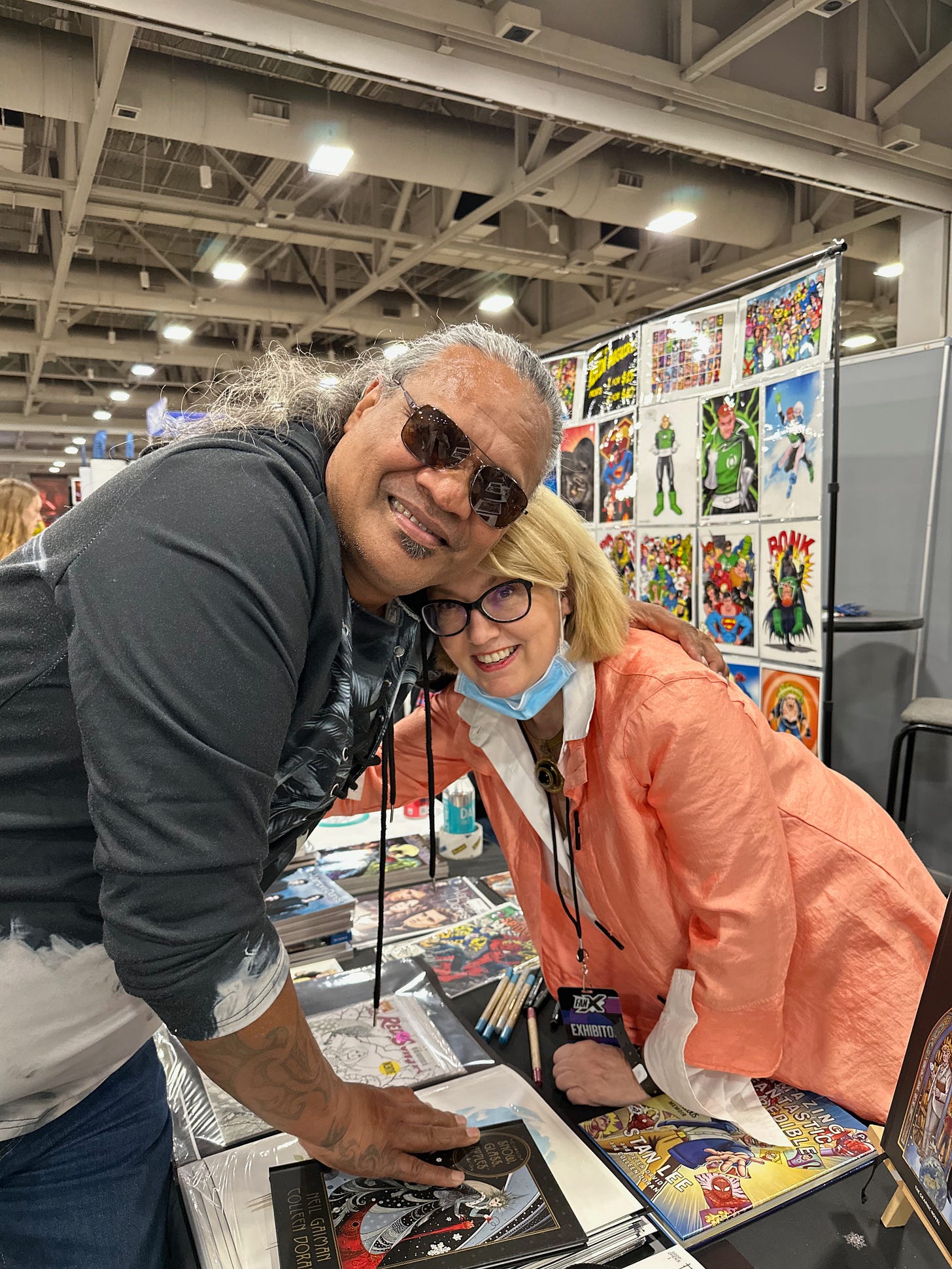
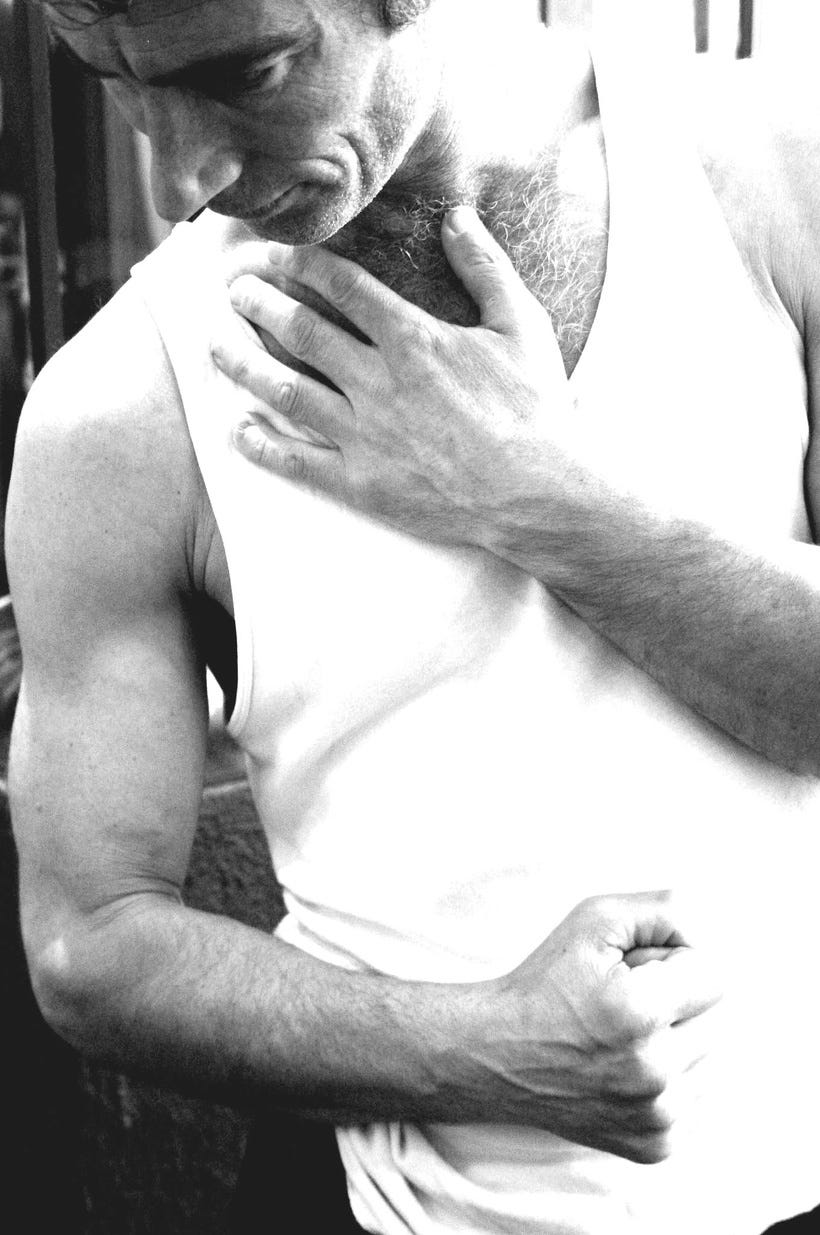
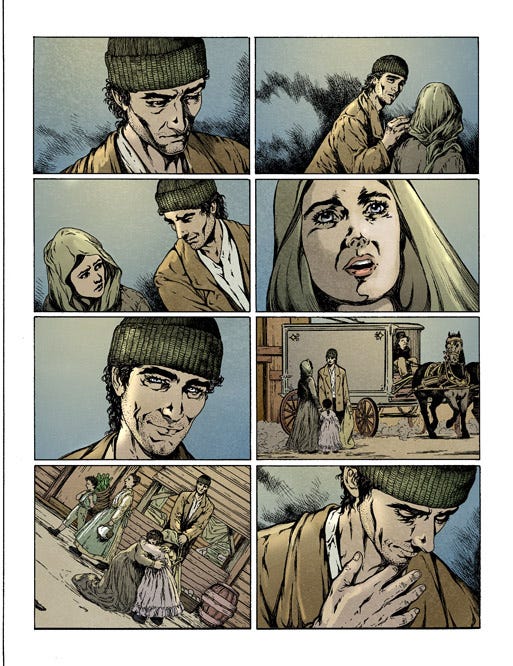
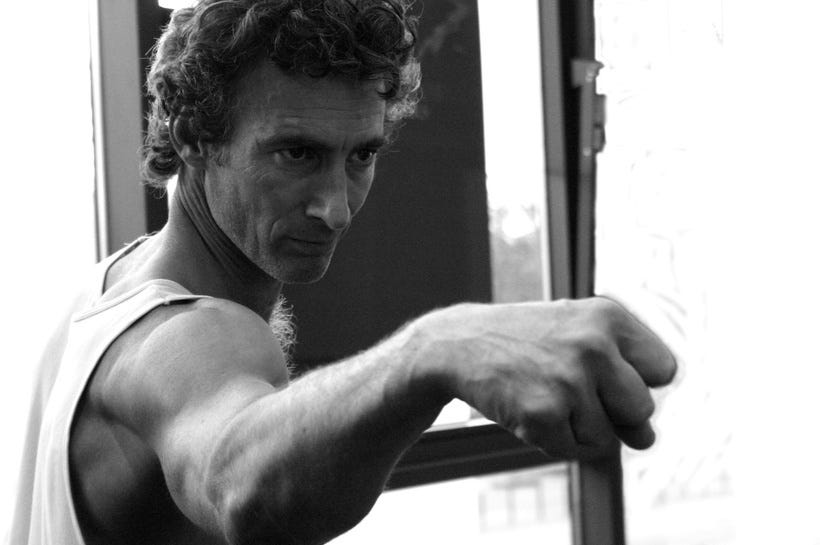

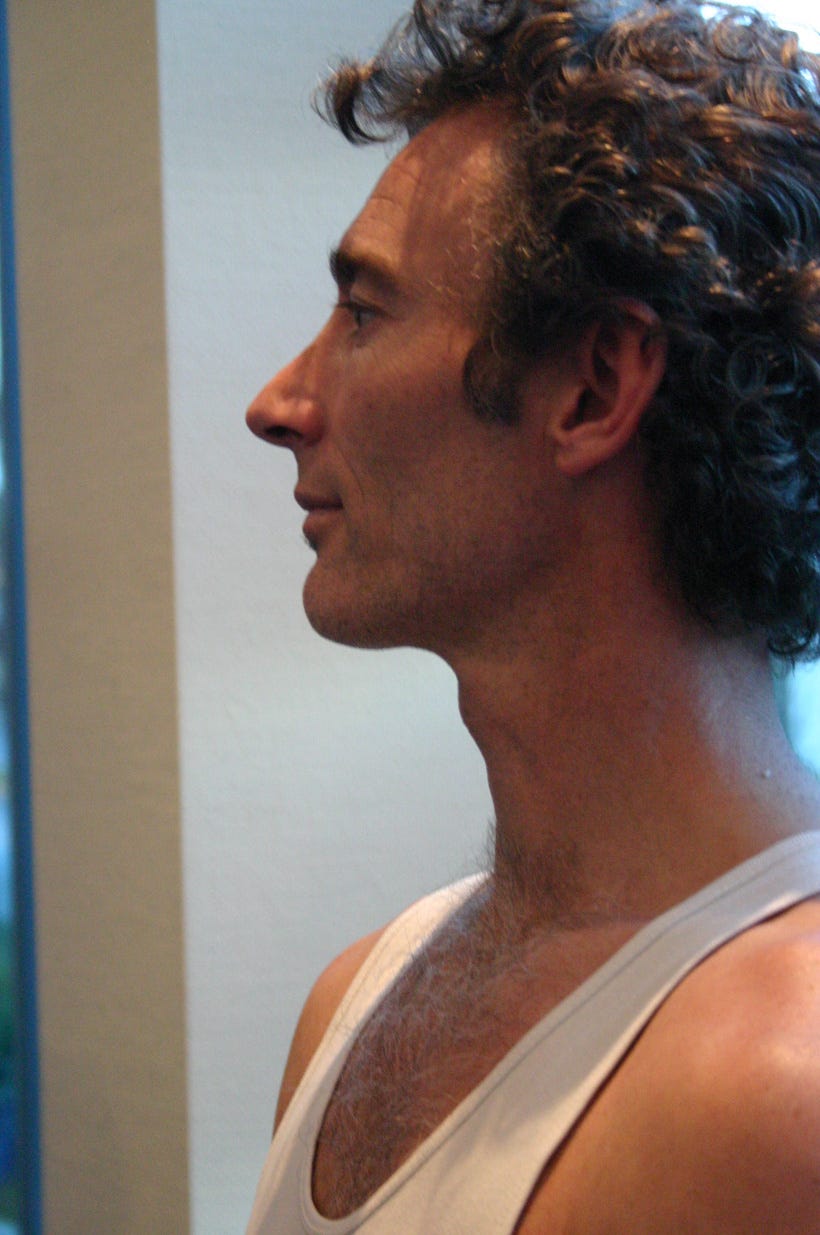
There was a related kerfuffle in the game tech community circa 2023, I think? Someone seeking a job at one of the big game designers read the fine print on the application, and found sneaky language about freely giving up their image rights once they clicked Send. The company wanted applicants to give up their likenesses, etc. for widespread use in console games, without receiving compensation or even acknowledgement. I was really upset that this wasn't mentioned on mainstream news. Even if someone isn't creative and thinking about intellectual property protection, shouldn't Americans be discussing the personal security / privacy issues involved with image rights if they're unlocking their devices with facial recognition?
Thanks Colleen, this is such a barbed issue but something creatives need to be mindful of. Of note, YouTube is a prime example fraught with hypocrisies —by many artists no less. It's evident that most people don't understand the basic principles of why copyrights even exist let alone the differences between it, patents, and trademarks, or how it relates to likenesses, fair use, etc. I've often heard Copy WRITE or copy WRITTEN, and a kitchen utensil is required to pry my eyes loose from the reflexive eyeroll. No sooner do I get them free and a claim to "educational or review purposes" is used to rationalize an infraction that I have to reach for the utensil again.